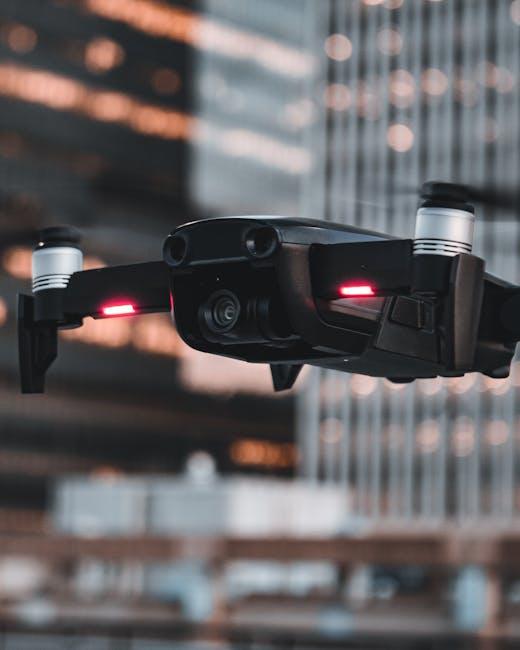In the bustling world of television, where stories come to life and characters capture our hearts, the journey from a mere spark of an idea to a fully produced TV pilot is nothing short of a marvel. This intricate process, often shrouded in mystery, combines creativity with meticulous planning, transforming abstract concepts into vivid realities on screen. In this exploration, we delve into the fascinating stages of TV pilot development and production, unraveling the collaborative efforts, strategic decisions, and artistic ingenuity that bring compelling narratives to life. Join us as we navigate the dynamic landscape of television, where every iconic series begins with a single, powerful idea.
Crafting the Concept: Breathing Life into Your Story
At the heart of every successful TV pilot lies a compelling concept. This is where your vision begins to take shape, transforming a mere spark of inspiration into a narrative that resonates with audiences. The process of conceptualizing a story involves several key elements that breathe life into your tale:
- Character Development: Craft multi-dimensional characters with distinct voices and motivations. They should be relatable yet intriguing, driving the plot forward with their choices and conflicts.
- World Building: Construct a setting that feels authentic and immersive. Whether it’s a bustling city or a fantastical realm, the environment should complement and enhance the storyline.
- Theme and Tone: Define the underlying message and emotional atmosphere of your pilot. Consistency in these aspects ensures a cohesive viewing experience.
- Plot Structure: Outline a clear, engaging plot that balances exposition and action. A well-paced narrative keeps viewers invested from start to finish.
By meticulously weaving these components together, you create a foundation that not only captivates but also sustains the journey from idea to screen.
Building the Blueprint: The Art of Scriptwriting
At the heart of every compelling TV pilot is a meticulously crafted script, the blueprint that guides the entire production. Scriptwriting is an art form that balances creativity with structure, breathing life into characters and plots while adhering to the technical demands of the medium. The journey begins with a kernel of an idea, which is then nurtured through brainstorming sessions, research, and endless iterations. Writers must establish a captivating premise, develop multidimensional characters, and weave engaging dialogue—all within the constraints of time and format.
- Outline: Craft a clear and detailed outline to map the story arc.
- Character Development: Focus on creating relatable and dynamic characters.
- Dialogue: Ensure dialogue is natural and serves the narrative.
- Formatting: Follow industry-standard script formatting for readability.
The process is iterative and collaborative, often involving feedback from producers, directors, and network executives. Each revision brings the script closer to its final form, setting the stage for the transition from page to screen. By mastering the art of scriptwriting, creators lay the foundation for a pilot that captivates audiences and sets the tone for the series to come.

Casting the Vision: Assembling Your Dream Team
Bringing a TV pilot from a mere concept to a polished production requires assembling a dream team of talented individuals who can breathe life into your vision. Start by identifying key roles that are essential to your project’s success. This often includes a director who understands the nuances of your narrative, a producer with a knack for logistics and resources, and a screenwriter capable of translating your ideas into compelling scripts. Each member of this team should not only possess exceptional skills but also share a passion for the project’s vision.
Consider the following when assembling your team:
- Experience and Expertise: Look for individuals with a proven track record in TV production.
- Creative Alignment: Ensure that team members resonate with the thematic elements of your pilot.
- Collaborative Spirit: Choose people who can work seamlessly together, fostering an environment of creativity and innovation.
A well-rounded team is the backbone of any successful pilot, transforming abstract ideas into tangible reality through collaboration and shared enthusiasm.

From Set to Screen: Navigating Production Challenges
Turning a script into a living, breathing episode requires navigating a labyrinth of production challenges. Budget constraints, location scouting, and casting decisions are just the tip of the iceberg. Every choice must align with the creative vision while staying within logistical boundaries. The art department must transform words into visual reality, crafting sets that breathe authenticity. Meanwhile, the director and cinematographer collaborate to capture the mood and tone, ensuring each frame tells its part of the story.
- Budget Management: Balancing creativity with cost-efficiency.
- Location Scouting: Finding spaces that enhance storytelling.
- Casting: Selecting actors who embody characters perfectly.
- Technical Coordination: Synchronizing schedules and equipment.
Each department, from costumes to sound design, must synchronize like a well-oiled machine. The collaborative dance between these elements is what transforms a script into a captivating on-screen experience. Despite hurdles, the magic lies in the meticulous orchestration of these components, bringing the vision from set to screen.

